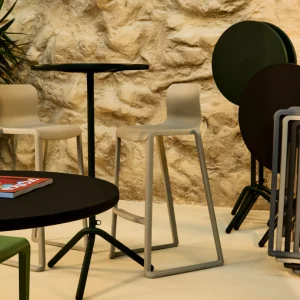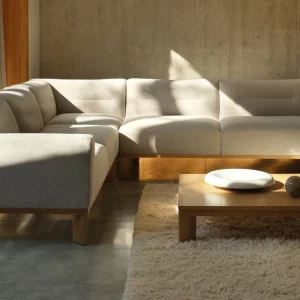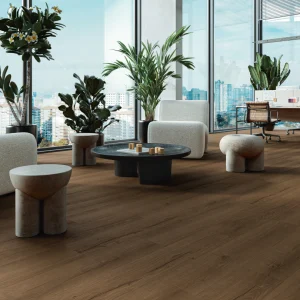The international competition called for technical, urbanistic, and architectural strategies not simply for the food production required to feed the cities and suburbs, but also look into the possibilities of diet, agriculture, and retrofitted facilities that could achieve that level within the constraints of the local climate and conditions.
The entries ranged from vertical farms, neighborhood farms, farming on vacant lots and buildings, abandoned infrastructure, front lawns, strip malls, rooftops, river barges and inside trailers.
The US-based Agency Architecture LLC, and Thread Collective and TheGreenest.Net, USA have been announced winners.
The project by Agency Architecture proposes a global system of levees, serving also as a new brand of urban farms at the city’s edge, preserving local ecologies while protecting cities from emerging dangers. Each stage of the levee supports the next. Clippings, compost, and surplus crops from farming levels are used as nutrients and food for a series of fish farms, marshes, and restorative dune ecologies. Waste from marine life and nutrients from algal habitats are then used to fertilize farm levels, making the levee a complete ecology.
Thread Collective and TheGreenest.Net, USA proposed a Naturally Occurring Retirement Community (NORC) Farms that engages the aging New York population and inaccessible lawns in order to ‘create and cultivate farm plots and social spaces within public housing complexes.’ NORC FARMS will use urban agriculture to transform grass into a socially, ecologically and economically productive space; activate older New Yorkers, and transforming public housing into local agriculture; where the tower in the park becomes the tower in the farm.
Nilsson Thuring Architects (NTA) from Sweden; Handel Architects with Rachel Kangas and Abbe Futterman from the US; University of Toronto, Canada; and Reclaiming, USA have been announced as the four finalists.
The One Prize Competition drew 202 teams and 850 team members from more than 20 countries and five continents. The jury decided on two winners that represented two general groups of entries: Design Proposals and Community Proposals. The winning entries will be exhibited at the award ceremony on July 29, 2010. The two winners will receive $5000 each.





